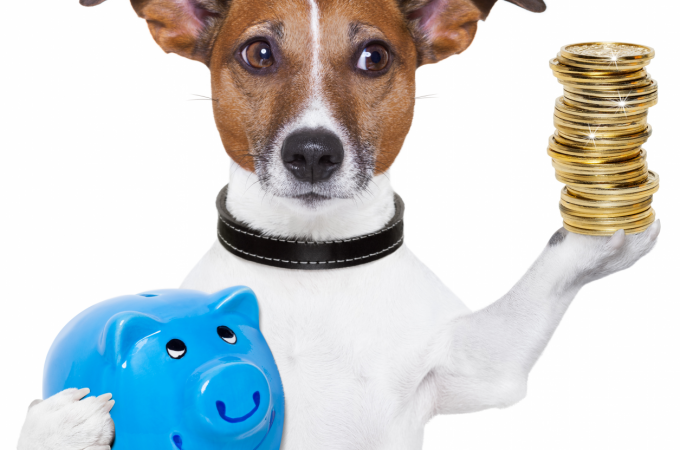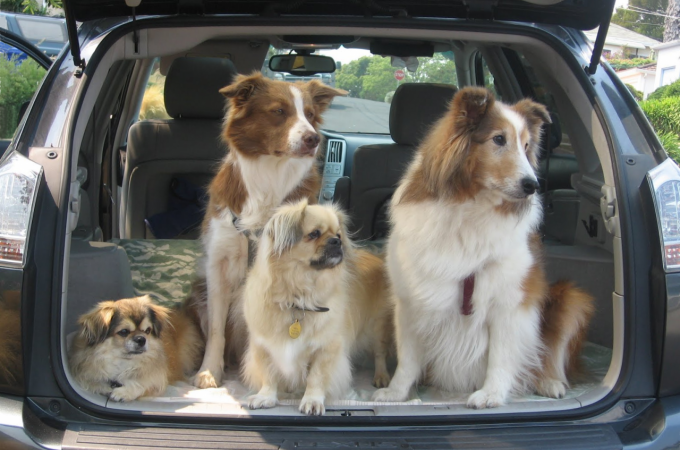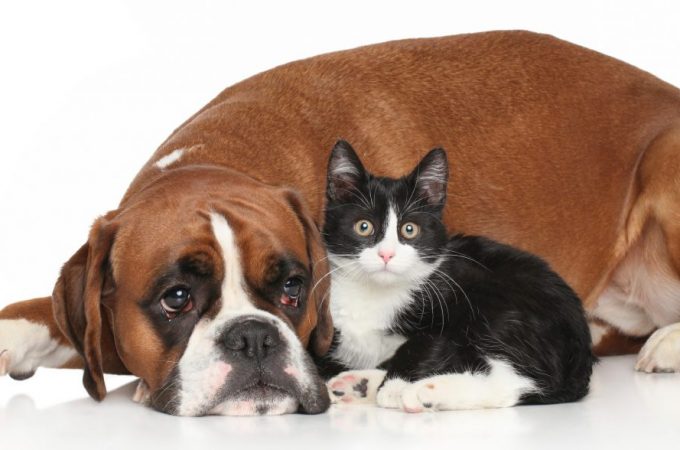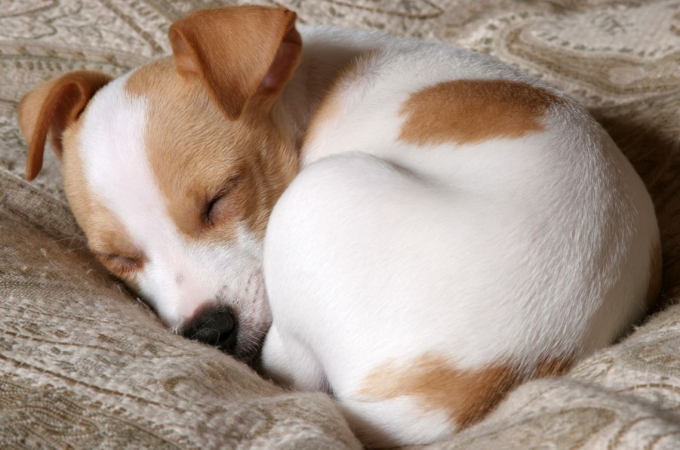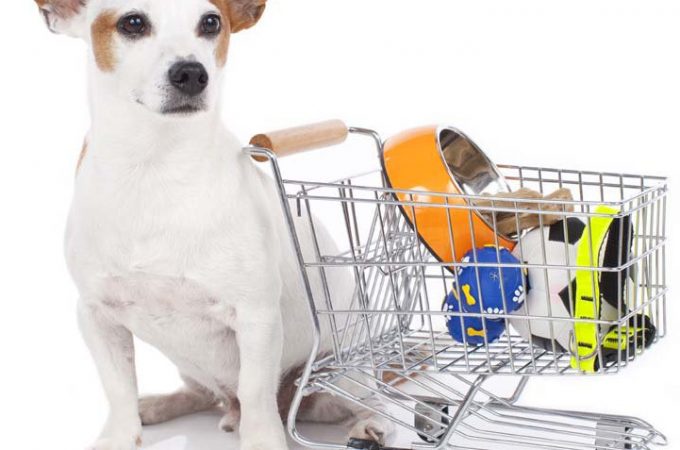Dogs with children? – Here are the best child friendly breeds
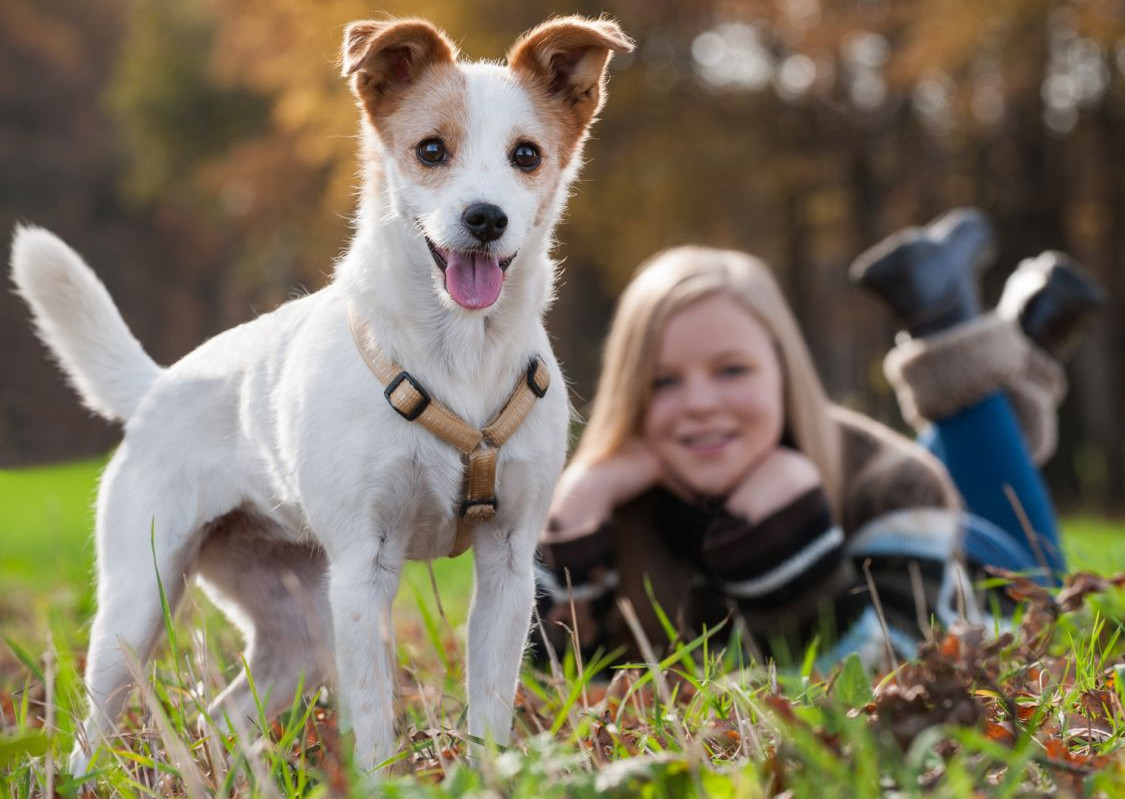
Table of Contents
Dogs with children and does this work?
As you have probably noticed, there are a lot of families that have dogs with children. Some families have older children and some have young children or even toddlers. How is it possible to have dogs with children in the same home environment without any problems?
The main thing to consider is that some dog breeds are good with children and some are not. So when choosing a dog that will be in a family with children, then the choice of breed is very important.
And when getting a dog, always get one from a dog rescue centre. Check out our articles on Your first dog and Dog rescue centres.
Is a small dog or a big dog best?
It is plausible to think that smaller dogs with children are good and that bigger dogs with children are not good. But this is not always the case. There are small dogs that do not like being played with by young children and toddlers and there are large dogs that are fine with it.
What children are doing wrong?
For a dog to have a bad reaction to children or toddlers, you would think that the children are doing something wrong to annoy the dog. Well to be honest, they are and they are not. The child is just playing with the dog. They do not mean it any harm, but the dog does not always see it that way.
The child, in playing with the dog, might grab it, push it, prod or poke it, make loud noises and so on. This to the child is playing, and to a certain extent it is. Different dog breeds are more tolerant to this than others. But some simple rules need following, to make sure the dog is comfortable with the child.
Older children can probably get on with a lot of dog breeds that adults can. As they will know ( as long as their parents told them ) how to behave around a dog and what to do and not to do. But younger children can be different as they will not always take on board what you tell them.
But with a wise choice on the correct breed of dogs with children and some simple education to the child on how to behave around them, then things will be fine.
Rules when children and toddlers are around a dog
There are a number of rules to stick to when having dogs with children. They are all very simple and a lot are basically just common sense. Following these rules, will dramatically reduce the chance of there being any problems with the dog.
Proper dog training. Training is very important and a well trained dog is less likely to do anything bad to a child than an untrained or badly trained dog. The younger the dog the better, to avoid it picking up bad habits and to learn how to behave around people and strangers.
Never leave the dog and child alone together. Children and especially toddlers should never be left alone with a dog and be supervised at all times by an adult. If the adult needs to leave the room, then the dog and child need separation so that they cannot interact to avoid any problems while you are away. A lot of reported incidents have happened because of this rule not being adhered to. Even if the dog is very familiar with the child and there has never been a problem in the past, then this rule still needs following.
Respect the dogs space. There are times when you need to respect the dogs space. It might be laying on its bed or eating from its bowl. If this is the case, then leave it alone to do what it is doing. If you were eating your dinner or trying to sleep, then you would not want someone disturbing you or making loud noises.
Don’t play rough with the dog. Children and toddlers can get very excited when they are around a dog, but it is very important that they do not play rough with the dog. The dog is a living thing and not a stuffed toy. This is an important thing to respect, as a human would not want someone to be rough with them. So the child should not grab, push, prod or poke to the dog or make loud noises that could startle it. And also, however funny it might seem, a small child or toddler should never try to climb onto the dog and sit on it.
No loud noises near the dog. As mentioned above, there should be no loud noises when a child is playing with a dog. This includes toys the child might have with them or the child actually making noises themselves.
Do not hug the dog. However fun this might seem, dogs do not really like being hugged, especially around their neck, which can distress them. So it is best not to do this.
Teach children to read the signs of the dogs mood. Get the children to learn the mood of the dog. There are numerous signs the dog might be getting stressed or feeling uncomfortable. If they can read these signs, then they will know to back off and let the dog be.
Treat the dog as an animal and not a stuffed toy. As mentioned before, a dog is a living thing and not a stuffed toy. So treat it accordingly and not pull it around or play with it roughly like they might to with a toy.
Have zones for both the child and the dog. This is very important. There should be zones in the house or rooms, where the dog can have its own space without being disturbed by the children and visa versa.
Your child and a strange dog. If the child has never met the dog before or has only met it a few times, the dog might not know if the child is friendly or not. The child should not just run up to the dog and start playing with it. If the dog has someone else as its owner, then the child needs to ask for permission before going up to it. The owner of the dog will introduce the child to the dog in an easy going manner, so the dog can become accustomed to them.
If the dog is ill or injured. In these scenarios, the dog will be less tolerant to being played with, hence it should have its space respected and left alone. It is important to maintain your dogs health with the correct diet and dealing with any health issues it might have with professional help from a vet. A healthy dog is a happy dog.
If the dog is with its puppies. In this scenario, the dog could be very defensive to children as it will want to protect it puppies. It would be best to leave the dog alone or the parent can advise accordingly.
If the dog has taken something off of the child. In this scenario, the child might just grab the item back. This could create a reaction from the dog. It is best for the child to not try and retrieve the item and let an adult get it back for them.
Do not take a toy off of the dog. The dog might be playing with its favourite toy. A child should not try and grab the toy off of the dog. The dog could take this the wrong way. An adult can advise on how the dog behaves around its toys.
Do not get in your dogs face. The child should not get their face right up to the dogs face. This could come across as threatening behaviour to the dog.
Patting the dog. The child should ask an adult before patting the dog. Only pat if allowed to. Approach the dog calmly and stop three feet from it. Let the dog smell the back of the child’s hand. Let the child pat or stroke its back from its neck down to its tail and never on the dogs head or tail. And never hug the dog around its neck or pat its head as this can come across as threatening.
Never run up to the dog. The child should never run up to a dog as the dog might not know if this is friendly or not and startle it.
Entering a room with the dog already in it. If a child is entering the room and the dog is already in it, then the adult should go into the room first and then the child will enter the room when the adult gives the go ahead. The child must enter the room in a calm and orderly manner to not startle the dog.
Do not corner the dog. When the child is playing with the dog, do not allow the child to corner the dog so it has nowhere to go. This could happen by accident and not on purpose, but the dog might feel threatened by it. Always leave the dog lots of space around it.
Do not ignore the dogs daily routine. The dog will have its daily routing, like eating, exercise, having a sleep, etc. This should still be kept to even when children are playing with the dog. The dog needs to keep to its routine.
If the dog knocks the child over. If this happens, then the child should roll up into a ball on the ground and not to move or make any noises until the adult has control of the dog. The dog could well be just playing, but you do not want to take any chances.
If the dog runs up to the child. If an unfamiliar dog runs up to a child, then the child should stand still with their arms down by their sides and not make any noises or sudden movements and look down towards the ground. They must not scream or look at the dog in the eyes. The adult with the child or the adult dog owner will need to evaluate the situation and take control of the dog.
Can your child walk the dog without an adult. This is best left to an adult until the child reaches a more mature age. About a minimum age of 16 and then only if the child is able to control the dog. If the dog is too big or strong for the child, then an adult must come along as well. Younger children can go along with a dog walk, but an adult needs to be taking control of the dog. Remember that even quite small dogs have a lot of strength and can pull the lead out of a child’s hand quite easily.
Reward your dog and child when they behave the way you want. To let the dog and child know that they have done everything correctly, you can reward them as a treat for doing so.
Which dogs with children are acceptable?
This is not an exhaustive list and there are many more dog breeds that are good with children, therefor this is just to highlight the common dog breeds that are suitable in a family environment.
Basset Hound
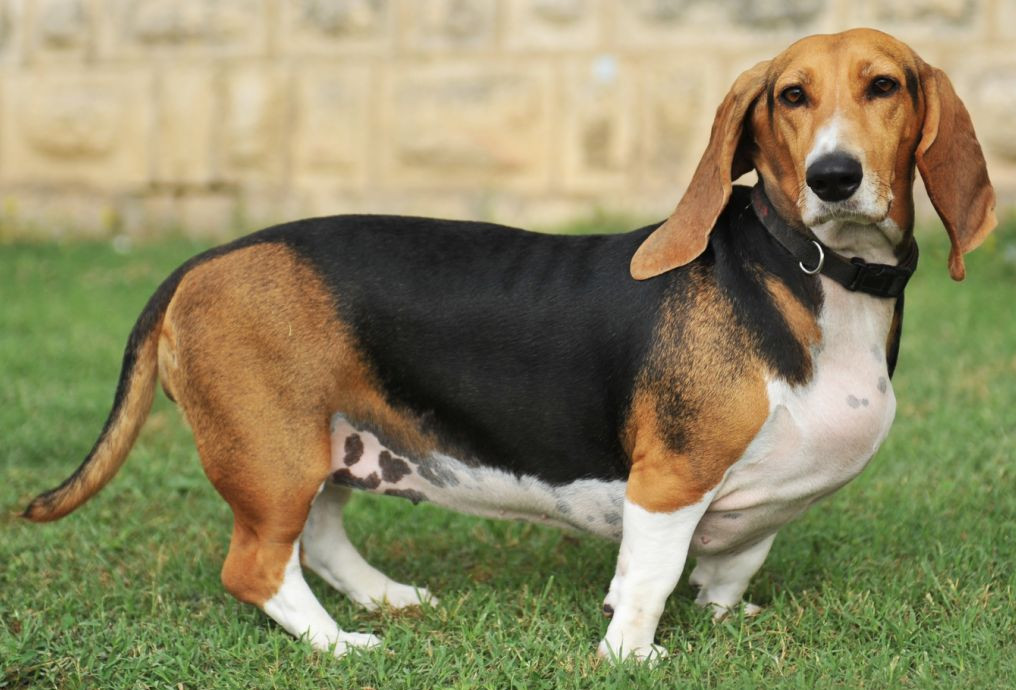
Basset Hounds are know for being very tolerant around children and are a great dog to have in the family. They can be a little boisterous at times, but with adult supervision ( like with any dog ), they will be fine around children. Ideal for any family.
Beagle

Being cute, friendly and lovable, what more could you want. Beagles thrive on companionship and are ideal in a family environment.
Bichon Frise
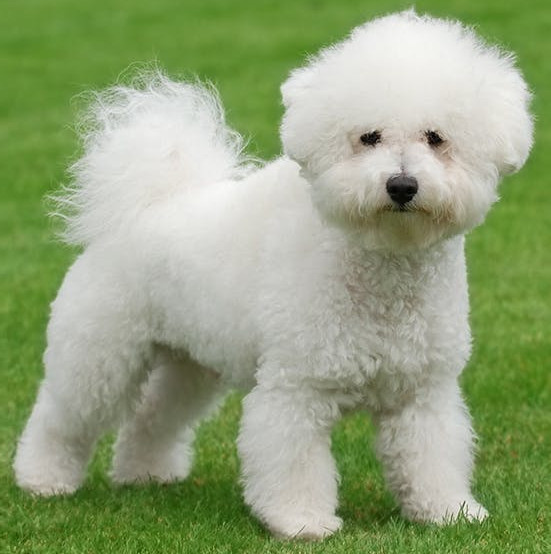
Bichon Frise are a very playful fluffy dog that will love the attention of children and will be ideal for all types of families.
Boxer

A big dog, but with a fun loving attitude. Good training is essential ( like any dog ) and they can be protective around children. Lots of energy and ideal for families who like outdoor activities.
Cavalier King Charles Spaniel
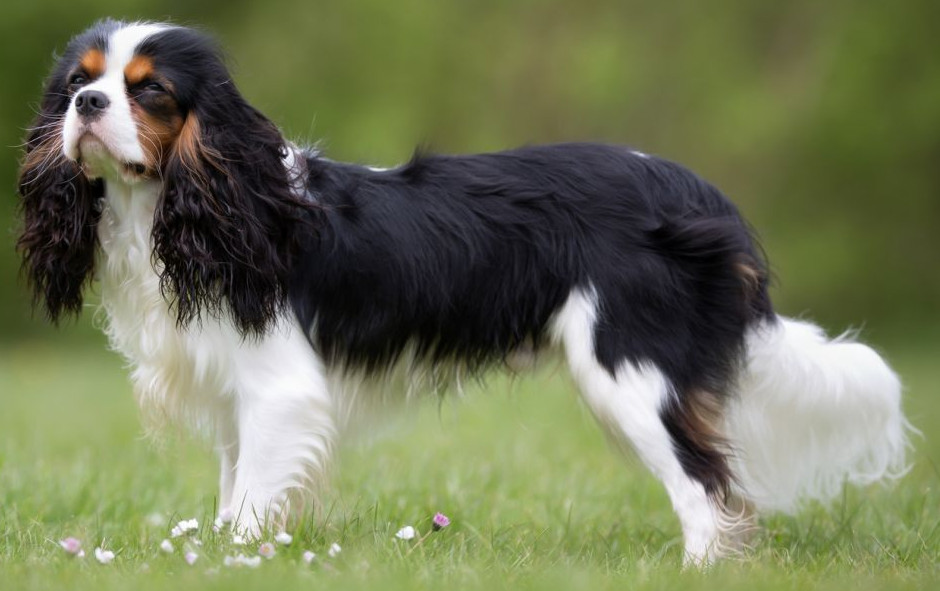
Cavalier King Charles Spaniels are extremely affectionate and love being around children. They are practically famous for this. They love the attention from children. Being very intelligent, they are easy to train and are ideal for just about any family. These are ideal dogs with children.
Dalmation
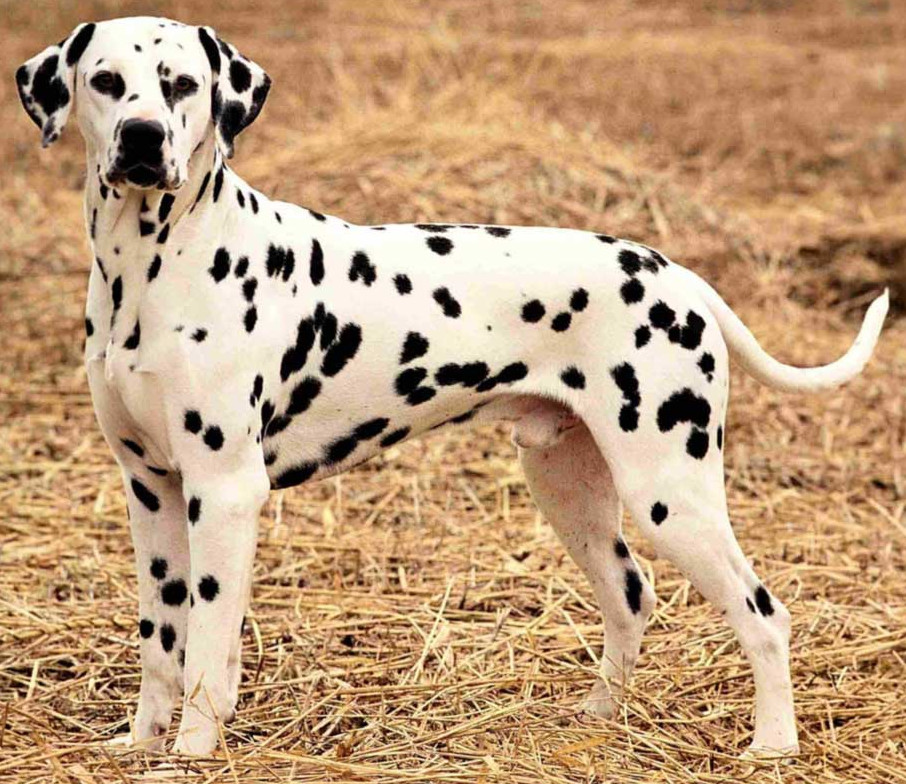
Dalmations have a very nice nature and are very good around children, but not so much with young children or toddlers. Ideal for any family with older children and the love of outdoor exercise routines.
English Cocker Spaniel
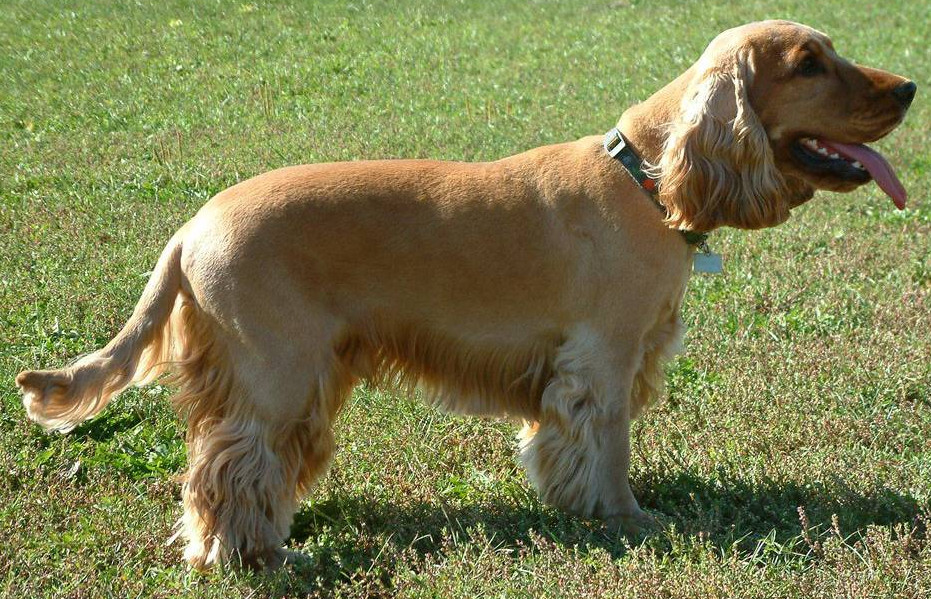
English Cocker Spaniels are lovely soft dogs with a very sweet nature. They enjoy lots of walks and play times and will be great playing around with children or other dogs. Perfect for a family environment.
French Bulldog
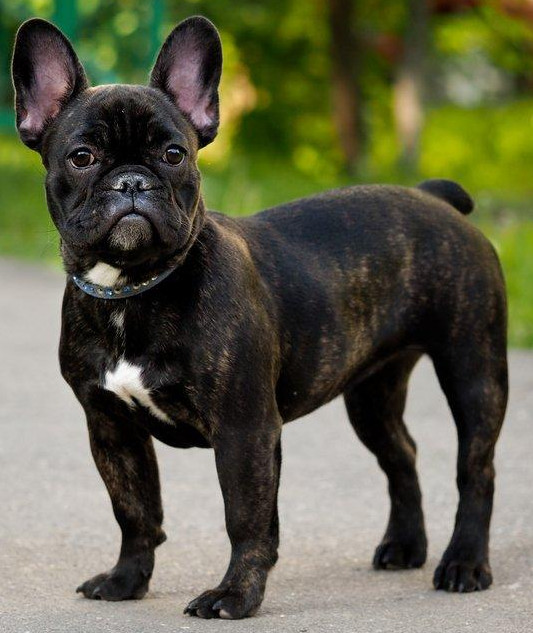
French Bulldogs are an easy going dog and are very playful. Ideal for a home with no garden, they can play in the house with the children with just a few daily walks to satisfy them.
German Shepherd
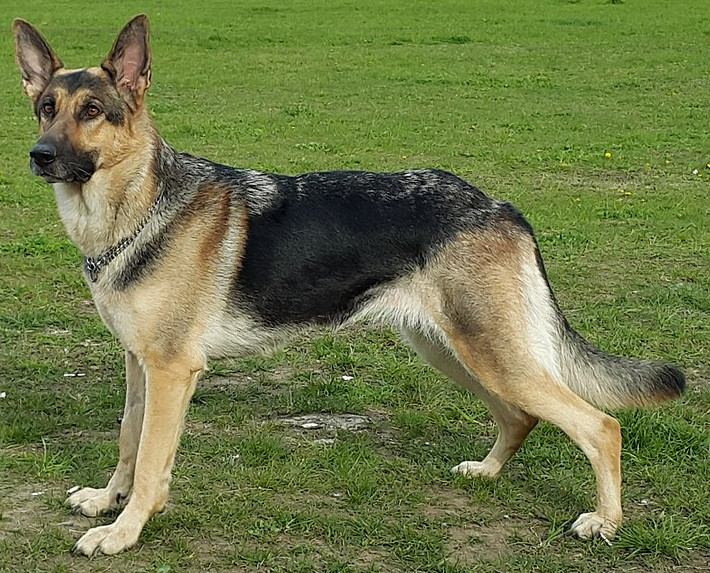
German Shepherds are a very good dog for the family and are easy to train and are great around children. They are very intelligent and they will learn quickly and be a great companion in the family.
Golden Retriever
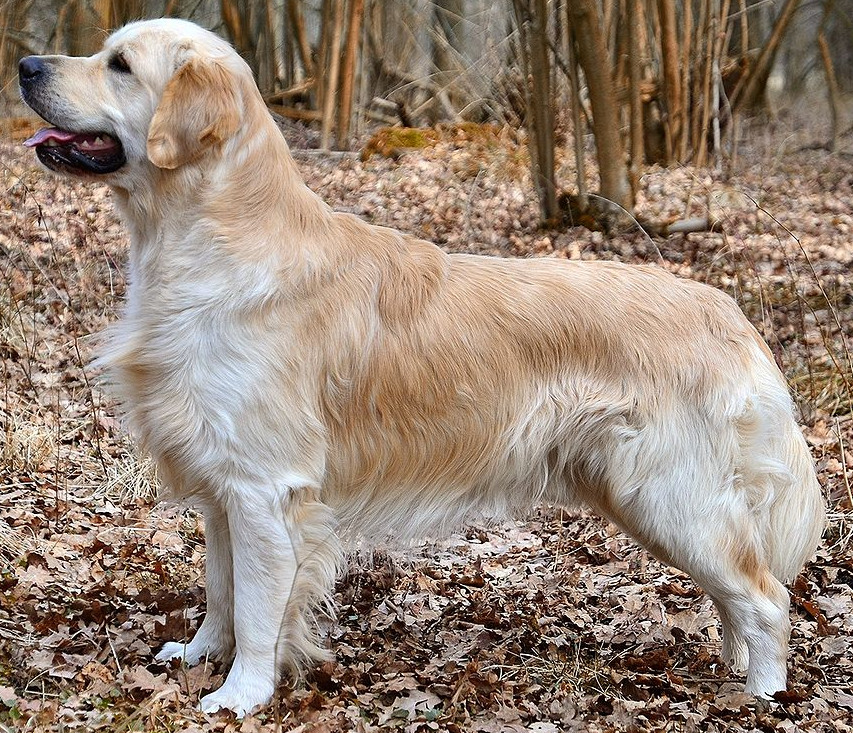
Golden Retrievers are great dogs for a family and being around children. They are very active and enjoy a lot of exercise and playing around. A great companion for your family.
Goldendoodle
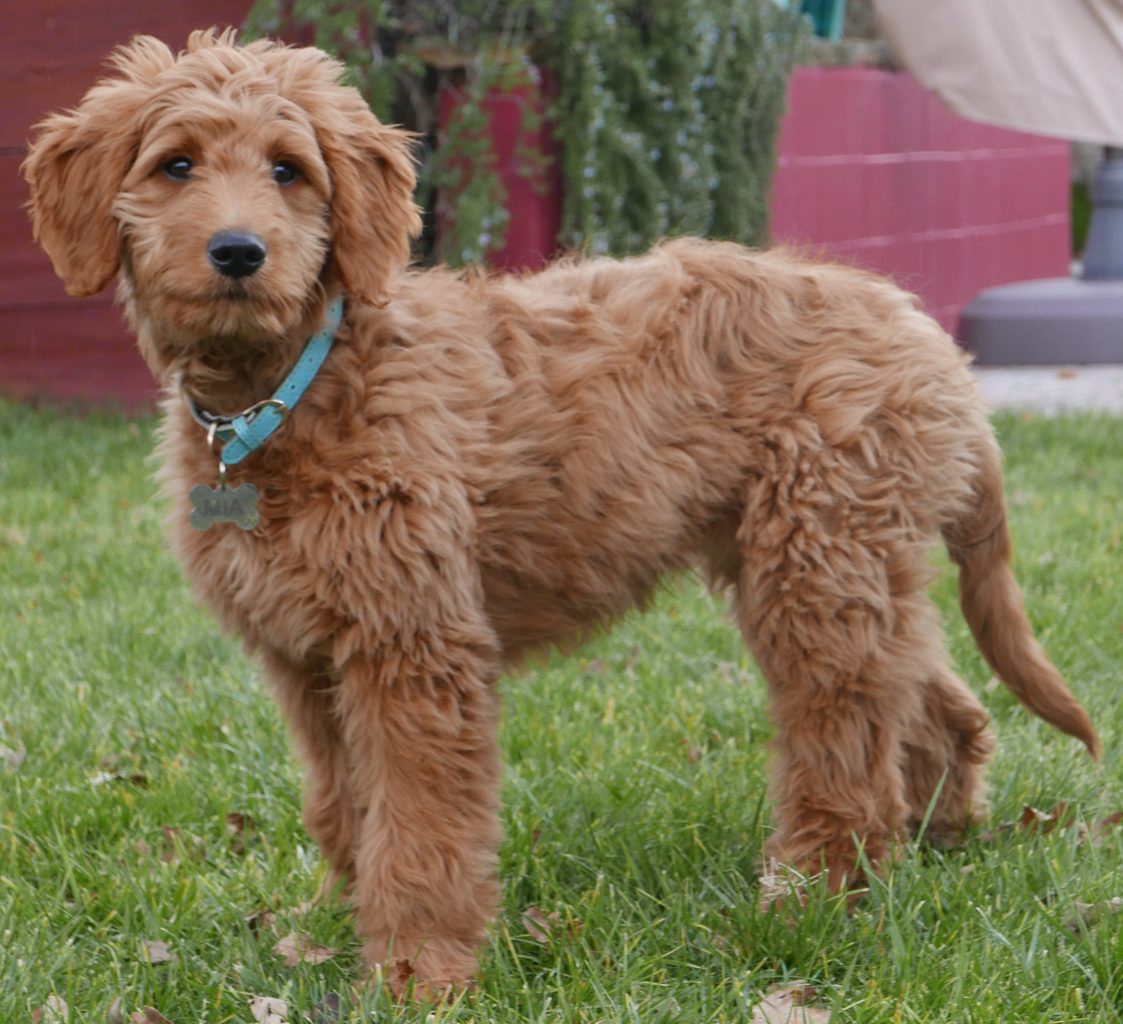
Goldendoodles with their bred intelligence make then eager to learn and please. Very affectionate and great with children, making them an ideal family pet.
Irish Setter
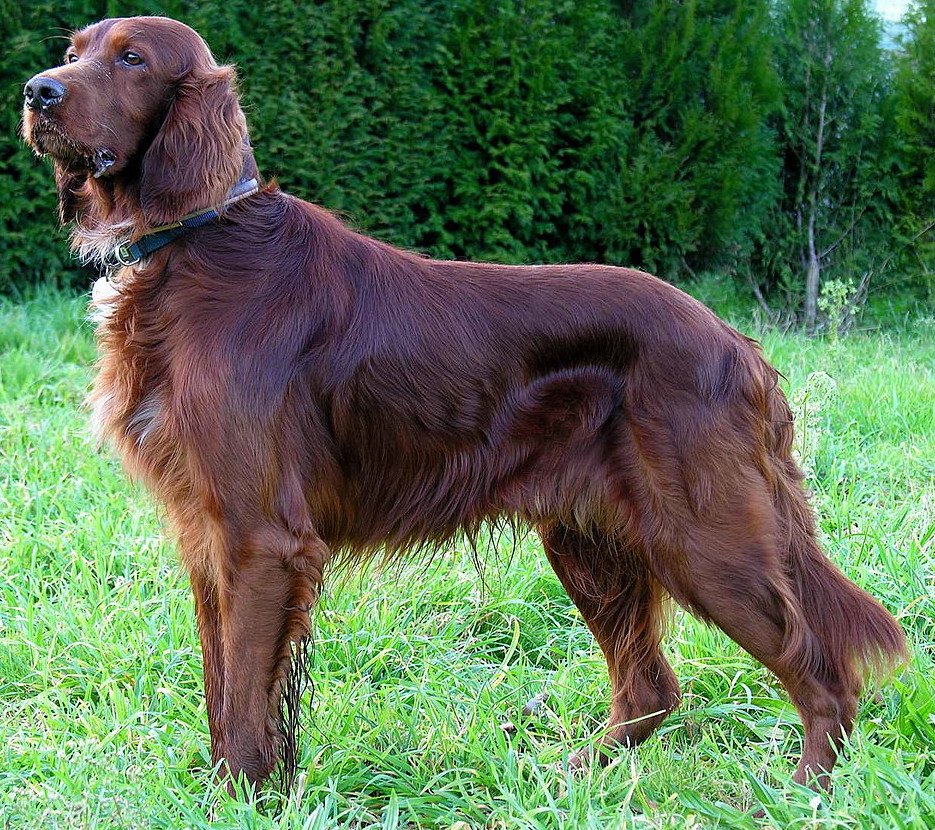
Irish Setters are a big dog, but very gentle with it. Children will love them and with their active lifestyle, they are ideal for lots of outdoor activities with the family.
Labradoodle
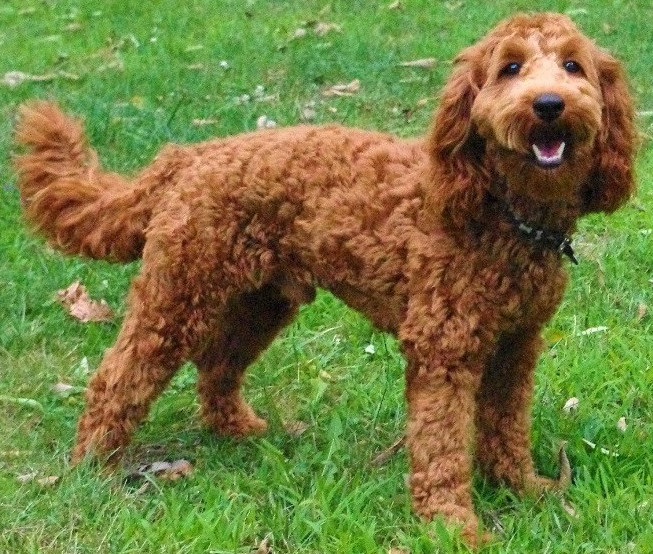
Labradoodles like Goldendoodles are very intelligent and will be easy to train and to be around children. They enjoy lots of playing and will be a fine example of a family dog. The perfect dog with children.
Labrador Retriever
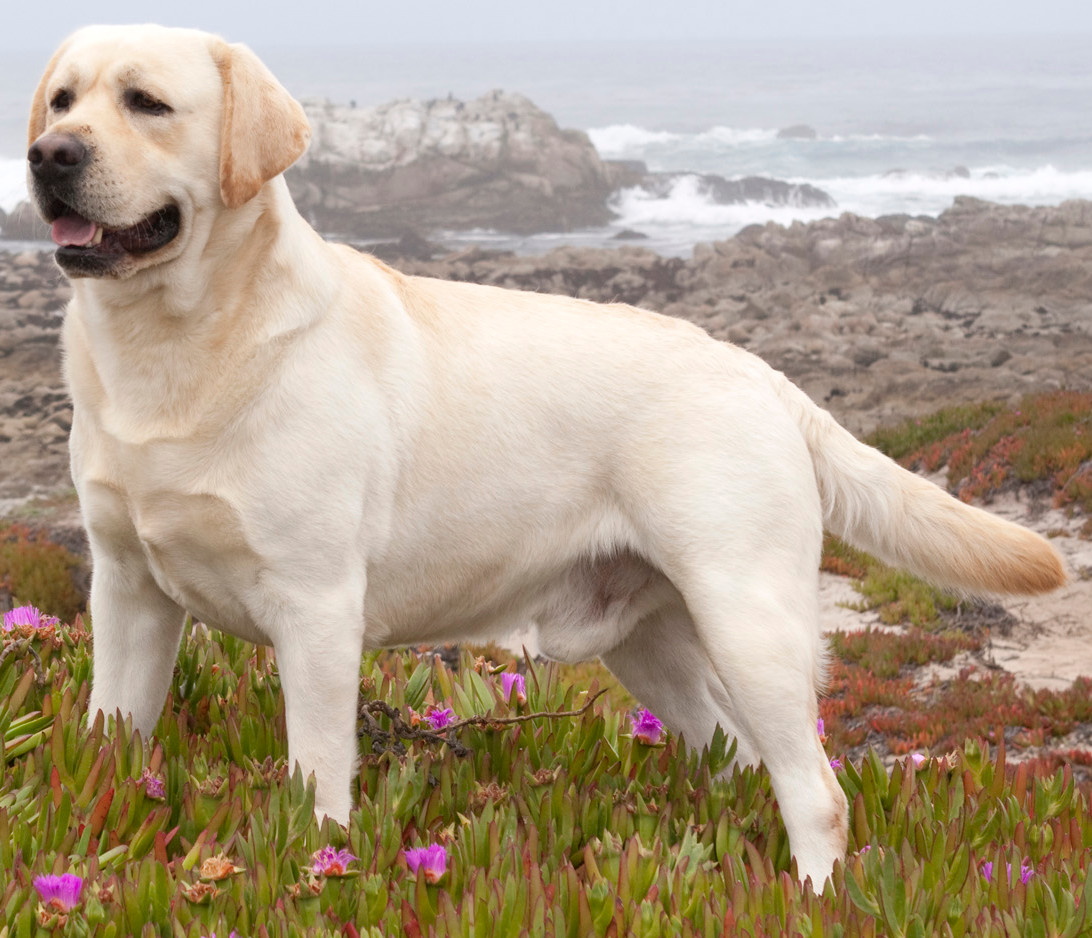
Labrador Retrievers are very loyal, affectionate and being friendly to everyone and other animals, they are ideal with children and being in a family home.
Old English Sheepdog
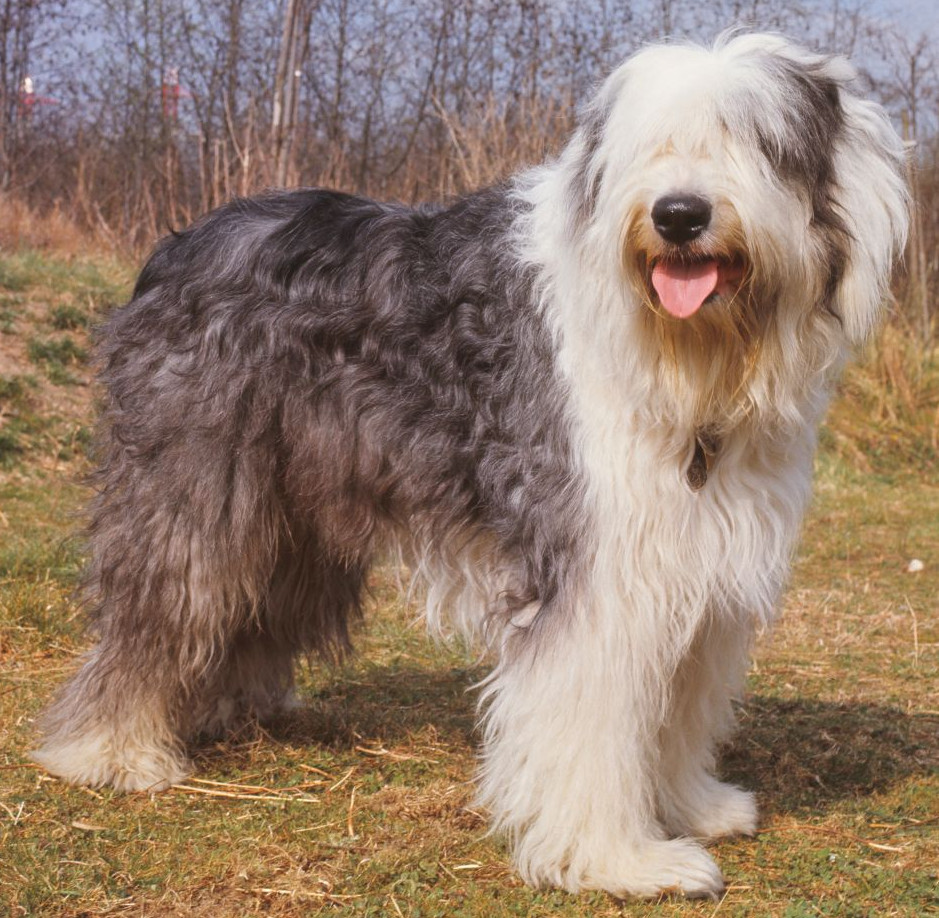
Old English Sheepdogs are one of the best dog breeds to have in a home environment with children. They can be excitable and will love lots of playing. Ideal for any family who likes outdoor activities.
Standard Poodle
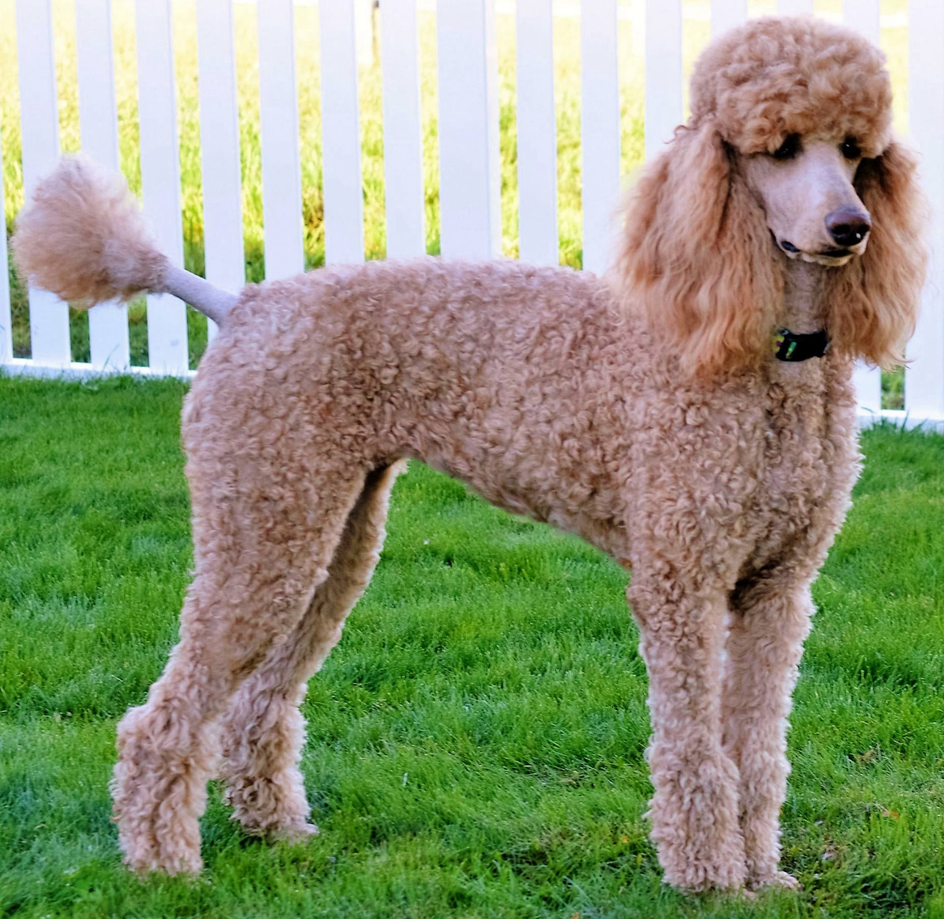
Standard Poodles underneath that fluffy coat are a very intelligent dog that loves lots of outdoor activities. Very good with children and ideal for a family.
Pug

Pugs love to eat and sleep and really enjoy playing around and being a great companion. An ideal dog for a family.
Saint Bernard
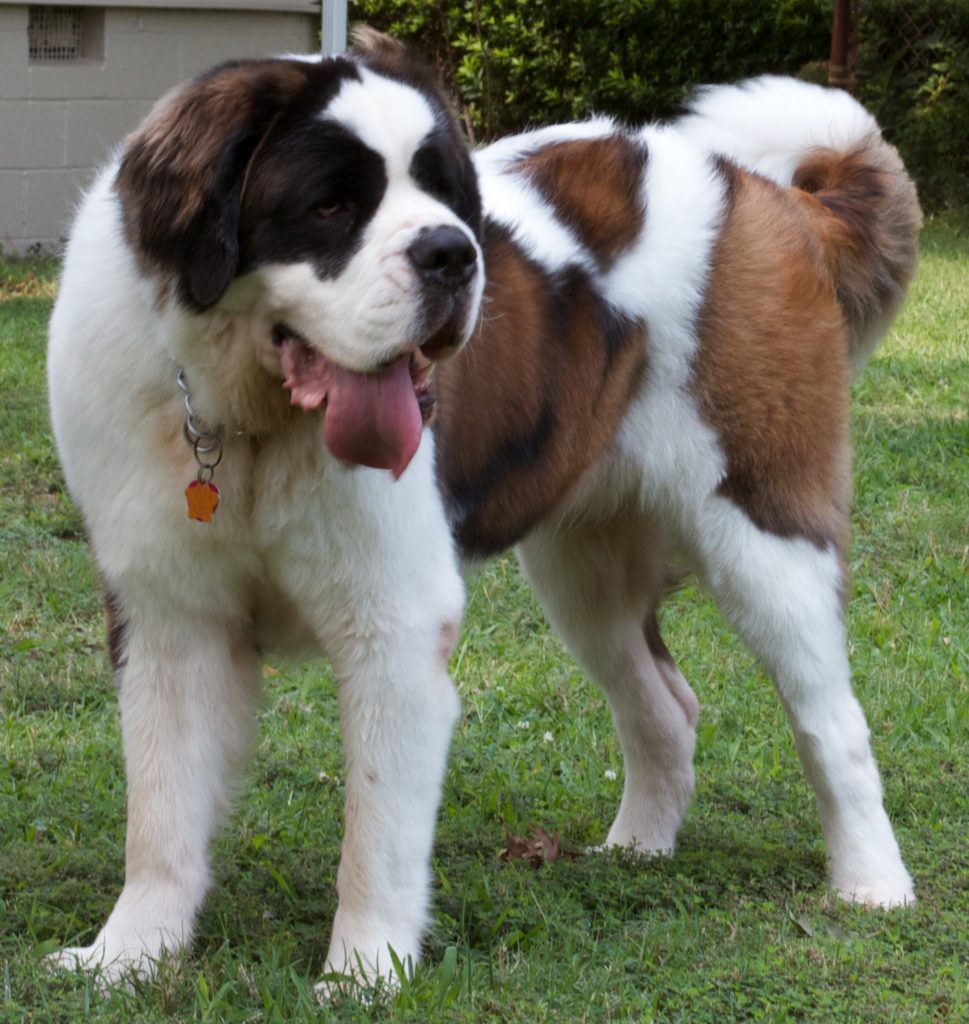
Saint Bernards are really good in a family environment and are very calm, fun loving and trustworthy, which makes them ideal around children. With their size, they may not be suitable around young children or toddlers, but only because of this. Being supervised by an adult ( as with any dog ), things should be fine. Great dogs with children.
Soft Coated Wheaten Terrier
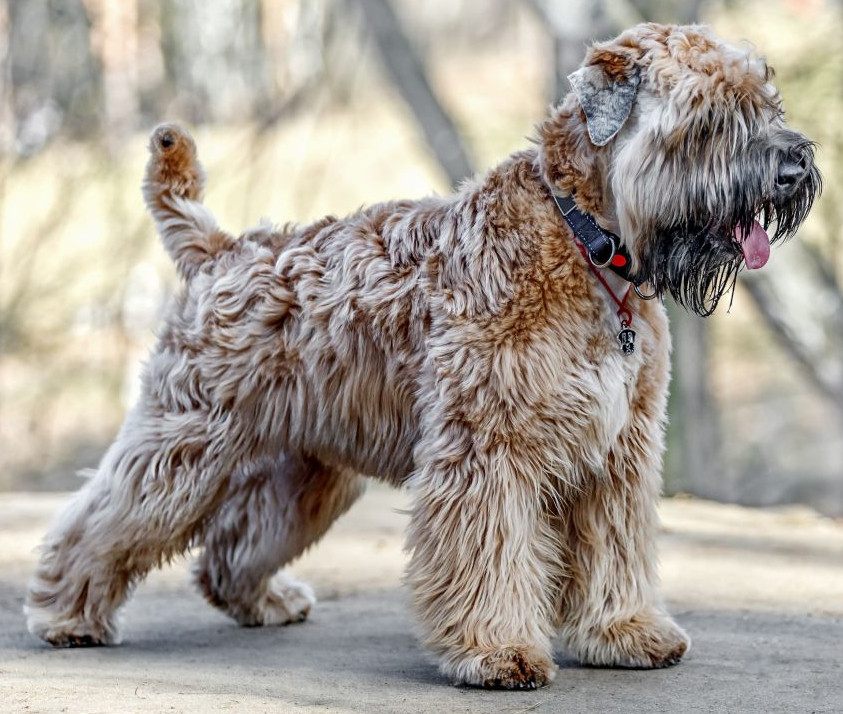
Soft Coated Wheaten Terriers are very playful and love an active exercise with a playtime built in. They love chasing things and are ideal with a family and work well together.
Staffordshire Bull Terrier
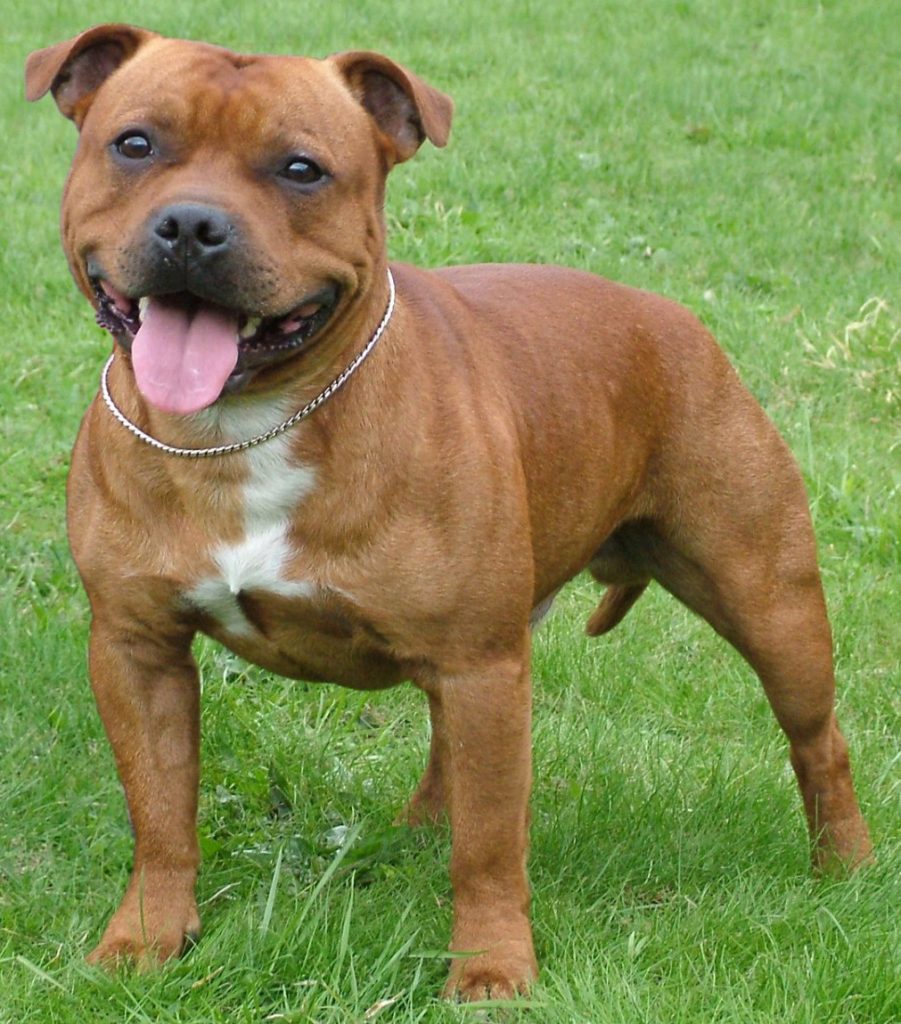
Staffordshire Bull Terriers get a bad reputation, and a properly trained one will be a great addition to a family. They are great companions around children and enjoy playing with other dogs. A winner for most families and good dogs with children.
Conclusion
So there we have a selection of popular dogs with children. There are also many other dog breeds that are good with children. The rules listed on how a child should behave around a dog is also not exhaustive and there could be other things that need to be obeyed.
A lot of the things that a child should do and not do around a dog is just common sense, but an adult will need to instil this into the child beforehand. Unfortunately a child may not appreciate the problems that can happen and will just want to dive in and start playing with the dog. This can startle the dog and be a problem.
With all of this said, a dog of the right breed that has been trained very well, will be a great companion in a family environment with the above rules followed. So people with children should not fear getting a dog as long as they put in the effort and understand the problems. At the end of the day, dogs with children should be an enjoyable thing.

